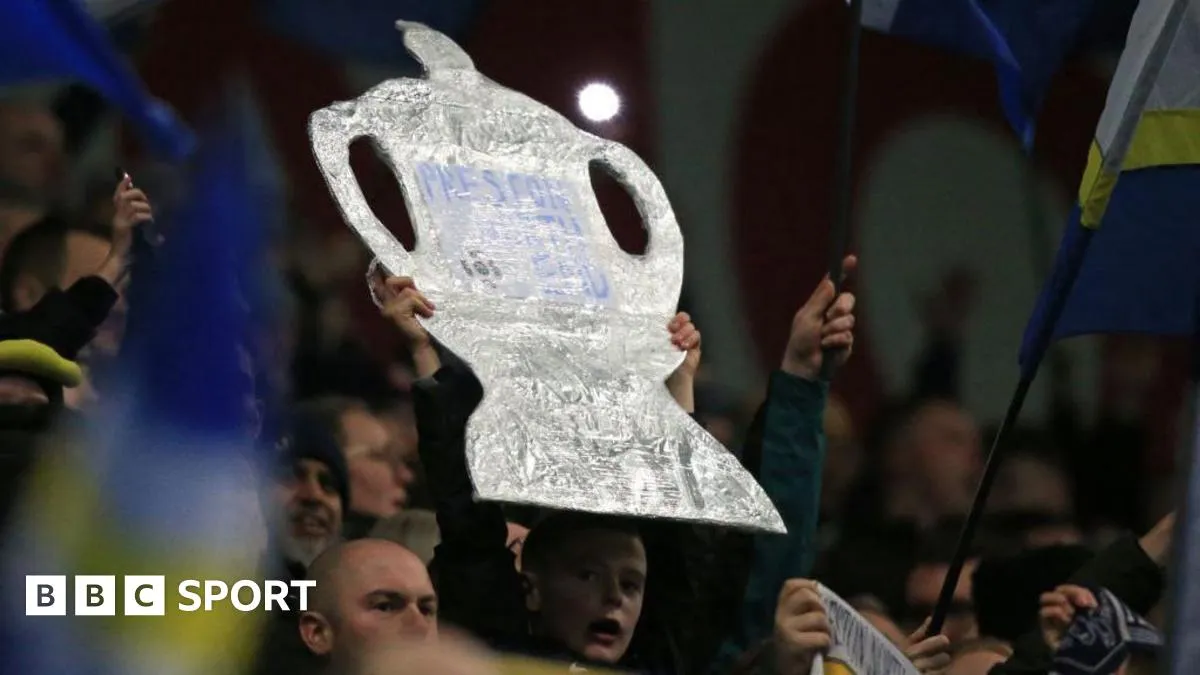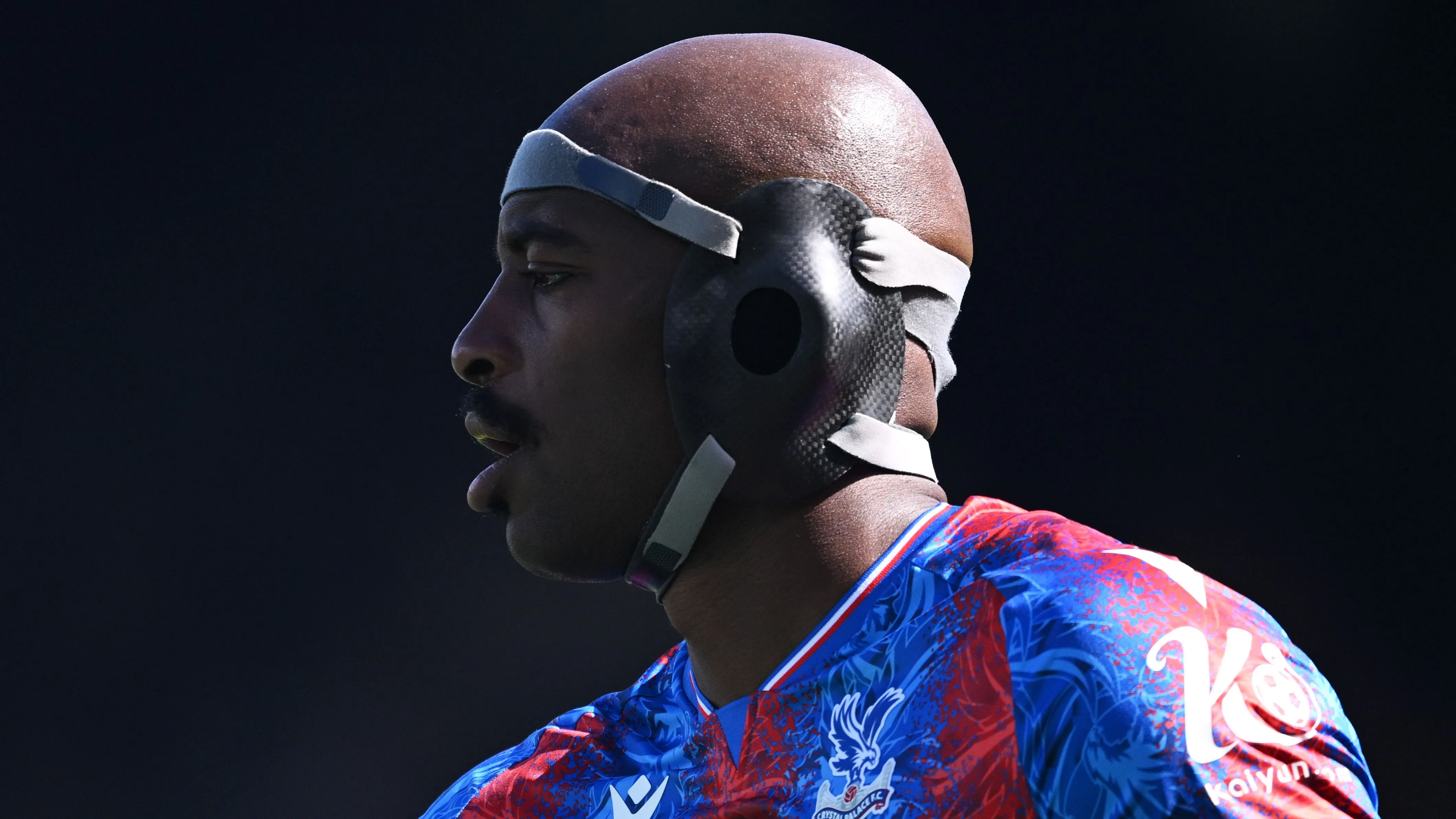
The January transfer window has seen a notable shift in spending patterns, with Premier League clubs showing more restraint compared to recent years. After a staggering £2 billion summer spending spree, the winter window of 2024 marked a three-year low at £96.2m, setting an intriguing backdrop for 2025's transfer activities.
Among the significant moves, Donyell Malen's €25m transfer from Borussia Dortmund to Aston Villa stands out. While Dortmund earns a B+ for securing a reasonable fee for a player who never quite settled, Villa receives a C+ as they look to fill the void left by Moussa Diaby. The deal, potentially rising to €30m with add-ons, represents a calculated risk for Unai Emery's side.
Wolves have strengthened their defensive line with Emmanuel Agbadou's €18m acquisition from Stade de Reims. The active center-back, drawing comparisons to Chelsea's Axel Disasi, brings a versatile defensive skill set that earned both clubs B+ grades. His Ligue 1 experience suggests a smooth transition to English football.
Bournemouth's strategic planning shines through in their £6.6m signing of Julio Soler from Lanús. The 19-year-old left-back, already on Argentina's national team radar, joins manager Andoni Iraola's squad in what appears to be excellent business (A grade) that could rise to a club-record £11.5m with performance-related bonuses.
Tottenham's goalkeeper situation has been addressed with the €14.5m acquisition of Antonin Kinsky from Slavia Prague. The 21-year-old's ball-playing abilities align perfectly with Ange Postecoglou's system, earning Slavia an A grade and Spurs a B+ for their foresight in strengthening their goalkeeping options.
In an interesting MLS-to-Premier League move, Brighton secured Diego Gómez from Inter Miami for £11m. The midfielder's rapid ascent from Paraguay to the Premier League, coupled with his successful partnership with Lionel Messi in Miami, suggests Brighton (B+) may have secured a bargain despite Inter Miami's (C+) claims about the transfer fee's historic significance.
These transfers reflect a more measured approach to winter spending, with clubs focusing on strategic additions rather than headline-grabbing moves. The emphasis appears to be on young talent and specific positional needs, suggesting a more calculated approach to recruitment in 2025.










